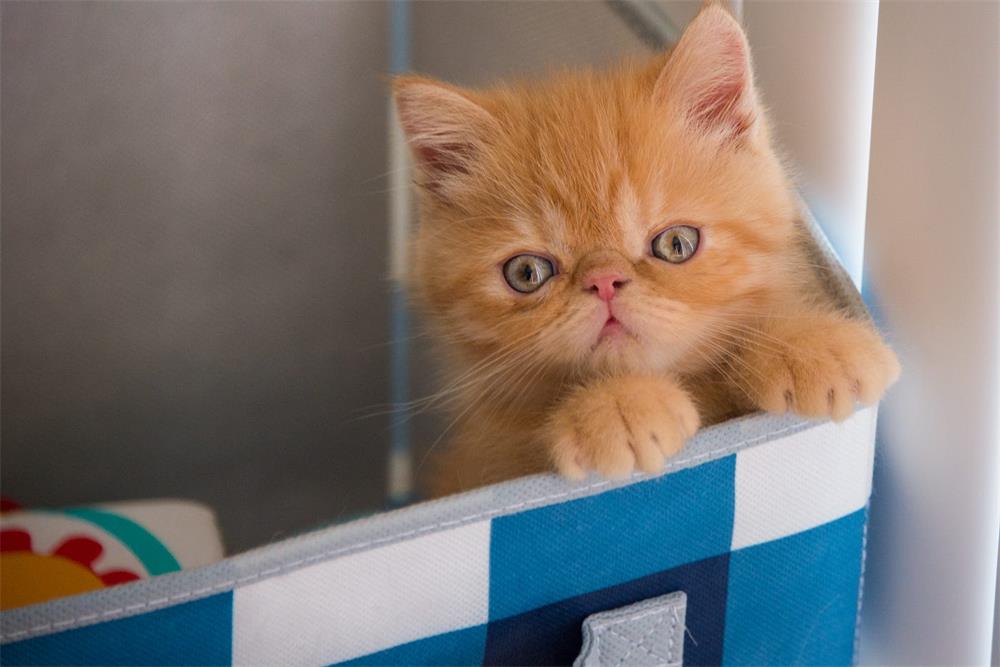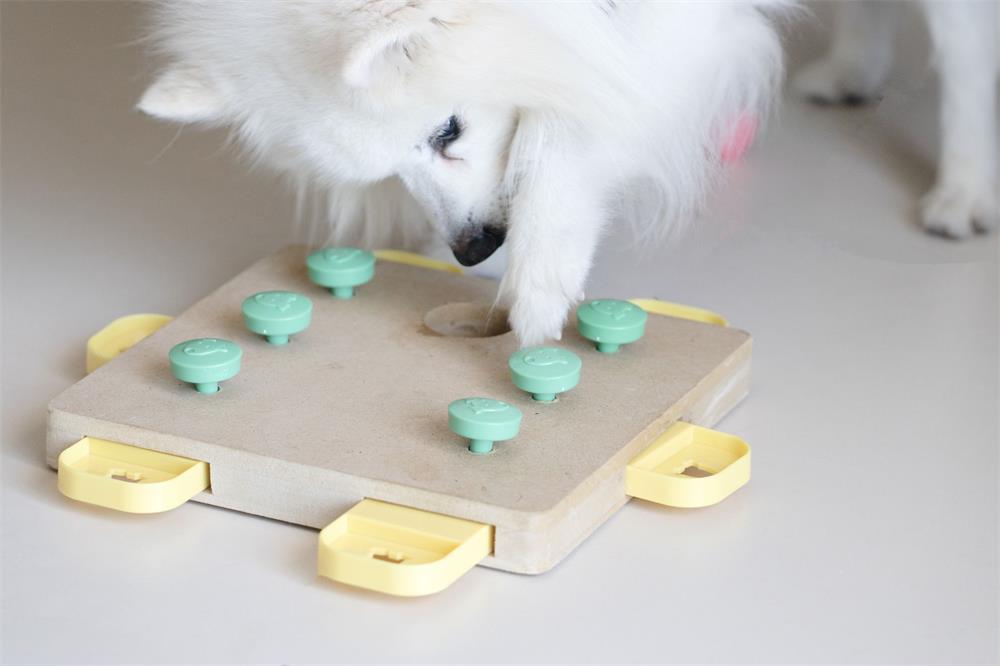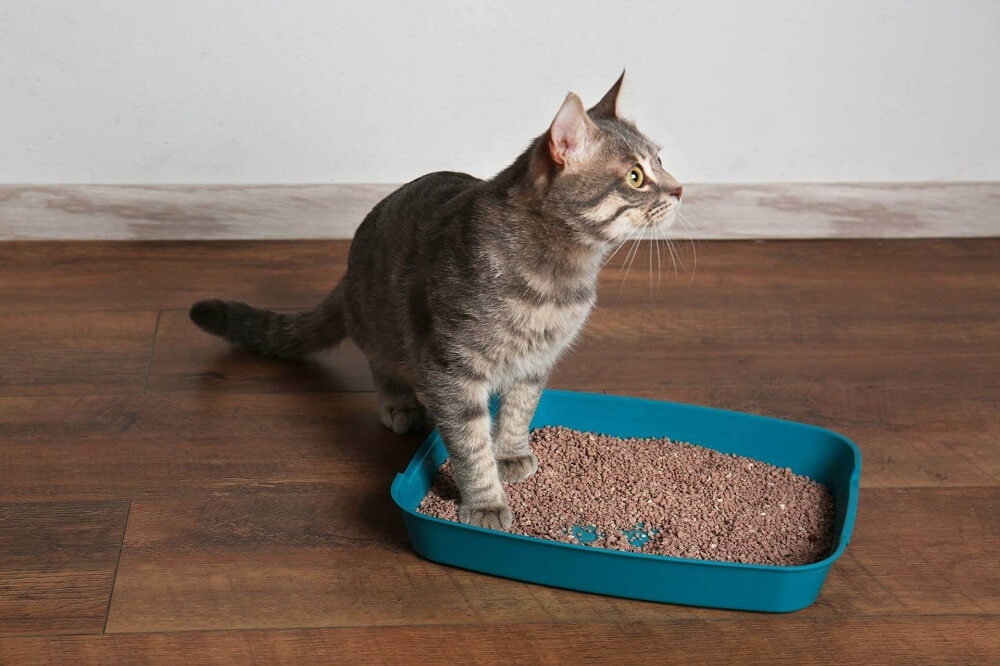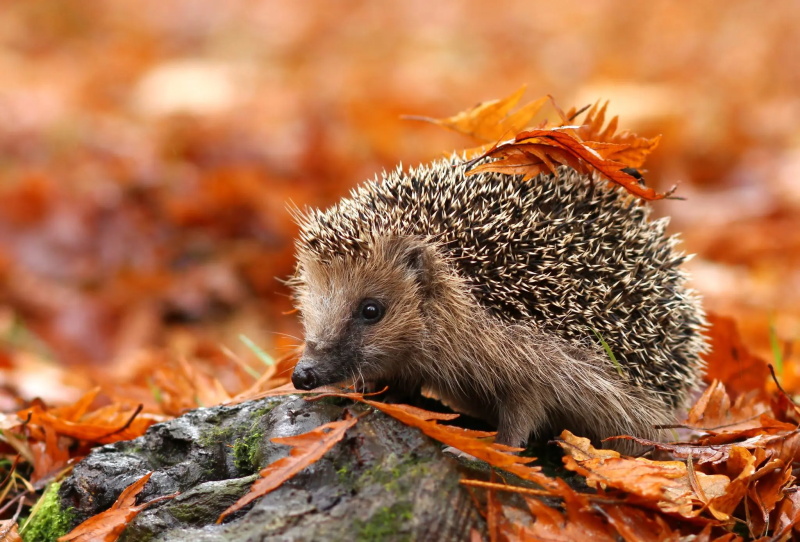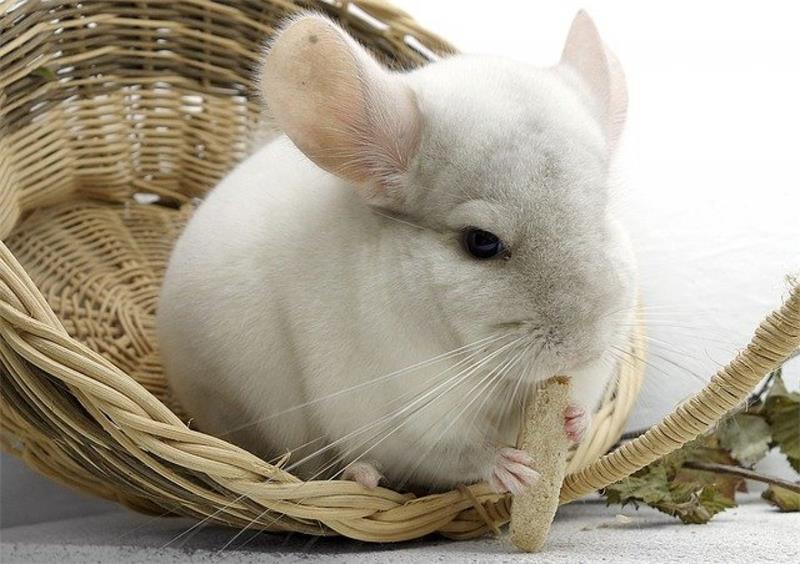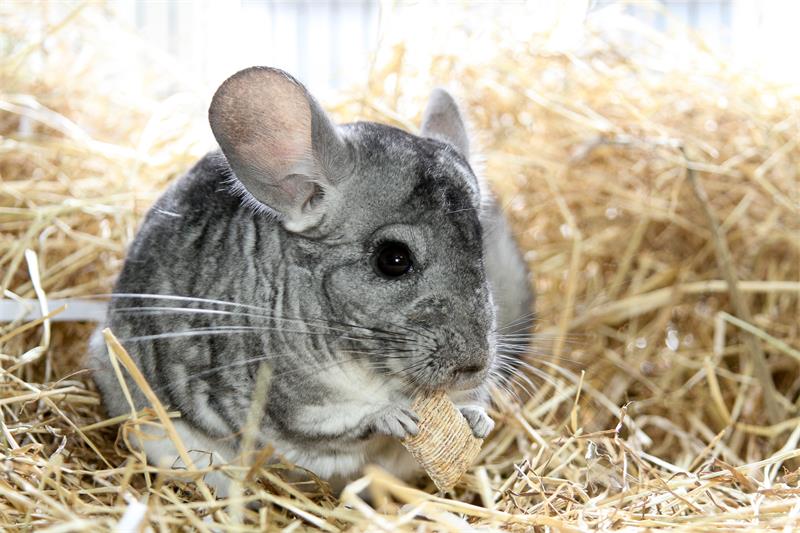A checklist of things to consider and prepare when taking your chinchilla on a trip or leaving them with someone else, such as cage size, food supply, temperature control, documentation or emergency contacts.
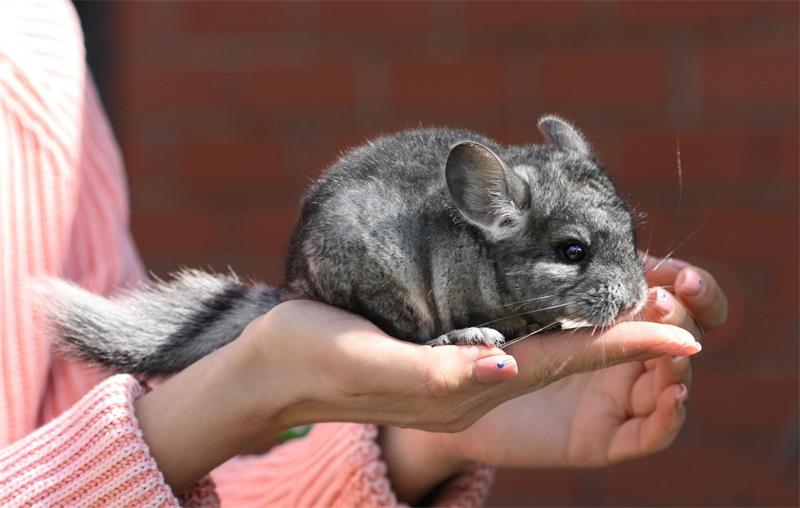
Table of Contents
Chinchillas are adorable and fluffy rodents that make great pets for many people. However, they also have some special needs and challenges that can make traveling with them difficult or even dangerous. In this article, we will explore how to travel with your chinchilla safely and comfortably, or how to find a good sitter for your furry friend when you need to leave them behind.
Traveling with Your Chinchilla
Traveling with your chinchilla is possible, but not recommended unless absolutely necessary. Chinchillas are very sensitive to changes in their environment and can get stressed easily by unfamiliar sights, sounds, smells, and movements. Stress can cause health problems for your chinchilla, such as overheating, dehydration, diarrhea, fur biting, or even seizures.
If you do need to travel with your chinchilla, here are some tips to make the experience as smooth and safe as possible:
- Choose a suitable carrier or cage. You can either use a breathable travel crate that is large enough for your chinchilla to move around and have some toys and bedding, or you can use their regular cage if it is portable and fits in your vehicle. Make sure the carrier or cage is well-ventilated, secure, and easy to clean. Avoid carriers or cages that are made of plastic, metal, or wire mesh, as they can overheat or injure your chinchilla.
- Maintain a comfortable temperature and humidity. Chinchillas are adapted to cool and dry climates and can suffer from heatstroke or respiratory infections if exposed to high temperatures or humidity. The ideal temperature range for chinchillas is between 60°F and 75°F (15°C and 24°C), and the ideal humidity level is between 40% and 60%. Avoid traveling with your chinchilla in hot or humid weather, and keep the carrier or cage away from direct sunlight, heaters, air conditioners, or vents. You can also use ice packs, frozen water bottles, or cooling pads to help lower the temperature inside the carrier or cage.
- Provide enough water and food. Chinchillas need access to fresh water at all times, especially when traveling. You can attach a water bottle to the carrier or cage, or use a spill-proof bowl that is secured to the bottom. You should also bring some of your chinchilla’s regular food (pellets, hay, treats) and offer it periodically during the trip. Avoid giving your chinchilla any new or unfamiliar foods that could upset their stomach or cause allergies.
- Minimize stress and noise. Chinchillas are easily startled by loud noises or sudden movements. To reduce stress and anxiety for your chinchilla during travel, you should keep the carrier or cage covered with a light cloth that allows air flow but blocks out some of the light and noise. You should also avoid playing music, honking the horn, slamming doors, or making any other loud sounds that could scare your chinchilla. You can also talk softly to your chinchilla or offer them some treats to calm them down and reassure them.
- Take frequent breaks. Traveling can be exhausting for both you and your chinchilla. You should take frequent breaks every few hours to check on your chinchilla’s condition, offer them some water and food, let them stretch their legs (in a secure area), and clean their carrier or cage if needed. You should also monitor your chinchilla’s behavior and appearance for any signs of distress, such as panting, drooling, lethargy, aggression, or fur loss. If you notice any of these symptoms, you should stop traveling immediately and seek veterinary attention for your chinchilla.
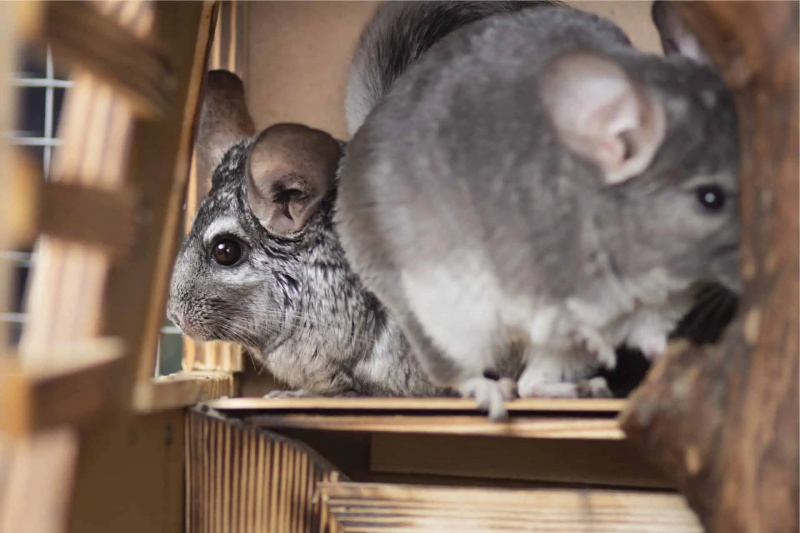
Finding a Good Sitter for Your Chinchilla
If you are planning to travel without your chinchilla, you will need to find a reliable and trustworthy person who can take care of your pet while you are away. This can be a friend, family member, neighbor, or professional pet sitter who has experience with chinchillas or is willing to learn about their needs.
Here are some tips on how to find a good sitter for your chinchilla:
- Start your search early. Finding a good chinchilla sitter can take some time and effort, especially if you are looking for someone who has experience with exotic animals. You should start your search at least several weeks before you plan to travel, or as soon as you know your travel dates. This will give you enough time to compare different options, check references, and arrange a meet and greet with potential sitters.
- Ask for referrals. One of the best ways to find a good chinchilla sitter is to ask for recommendations from people you trust, such as friends, family, neighbors, or other chinchilla owners. You can also ask your veterinarian, pet store staff, or local chinchilla club or rescue group for suggestions. Referrals can help you narrow down your choices and find someone who has a good reputation and proven track record of caring for chinchillas.
- Check online resources. Another way to find a good chinchilla sitter is to use online platforms that connect pet owners with pet sitters, such as Pet Sitters International or The National Association of Professional Pet Sitters. These websites allow you to search for sitters by location, availability, services offered, rates, reviews, and more. You can also filter your results by pet type and look for sitters who specialize in exotic animals or have experience with chinchillas. However, you should always do your own research and verification before hiring anyone from these websites.
- Interview potential sitters. Once you have a shortlist of potential sitters, you should contact them and arrange an interview. This can be done over the phone, via video call, or in person. The interview is an opportunity for you to ask questions and get to know the sitter better. You should ask about their background, experience, qualifications, references, availability, rates, services offered, and policies. You should also ask them how they would handle different scenarios involving your chinchilla, such as emergencies, health issues, behavior problems, or special needs.
- Meet and greet. After the interview, you should invite the sitter to your home for a meet and greet with your chinchilla. This will allow you to see how they interact with your pet and how your pet reacts to them. You should observe their body language, communication skills, attitude, and rapport with your chinchilla. You should also show them around your home and explain your chinchilla’s routine, diet, habits, preferences, toys, cage setup, and any other instructions or tips. You should also discuss the details of the contract and payment terms with the sitter.
- Trust your instincts. Finally, you should trust your instincts and choose the sitter who makes you feel comfortable and confident about leaving your chinchilla in their care. You should also listen to your chinchilla’s cues and preferences and choose the sitter who seems to bond well with them. Remember that your chinchilla’s well-being and happiness are the most important factors when choosing a sitter.
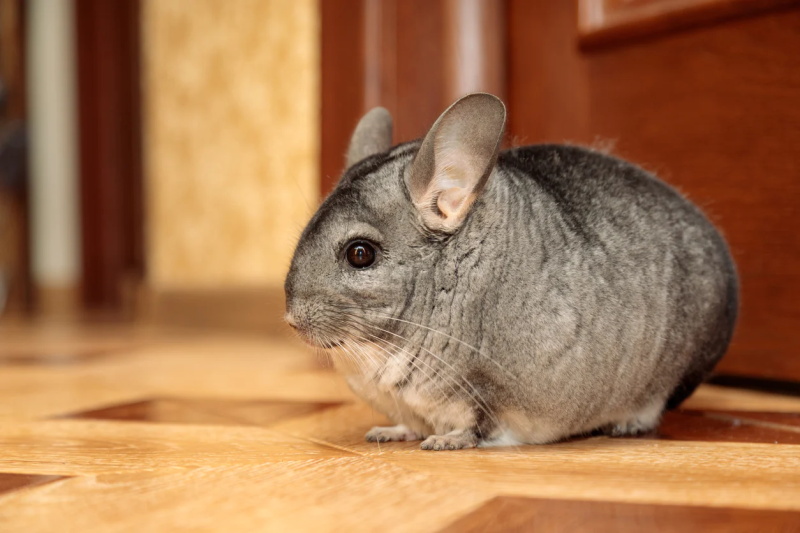
Conclusion
Traveling with your chinchilla or finding a good sitter for them can be challenging, but not impossible. With some planning, preparation, and research, you can ensure that your chinchilla is safe and comfortable while you are away. Whether you decide to take your chinchilla with you or leave them with a sitter, you should always follow the tips and advice in this article to make the best decision for your pet. Remember that your chinchilla is a unique and special animal that deserves the best care possible.


